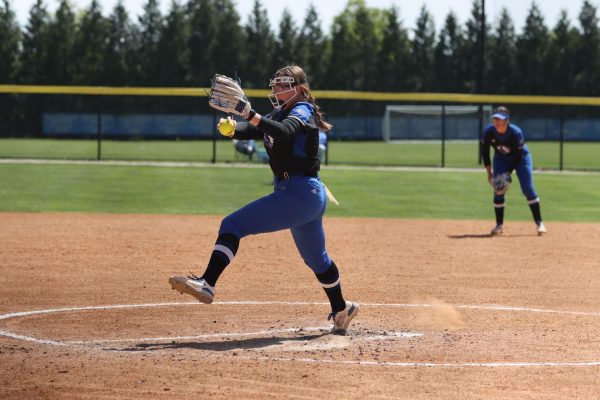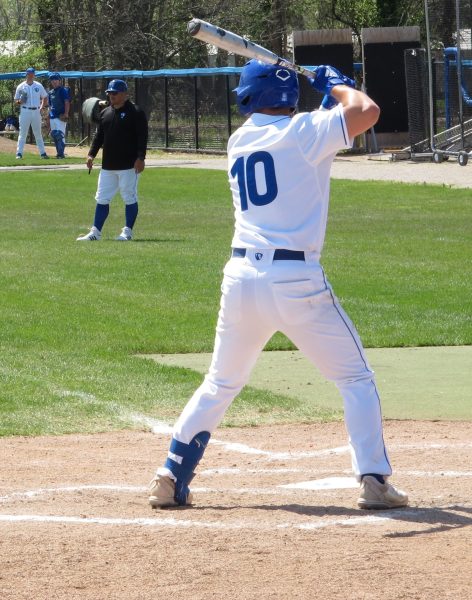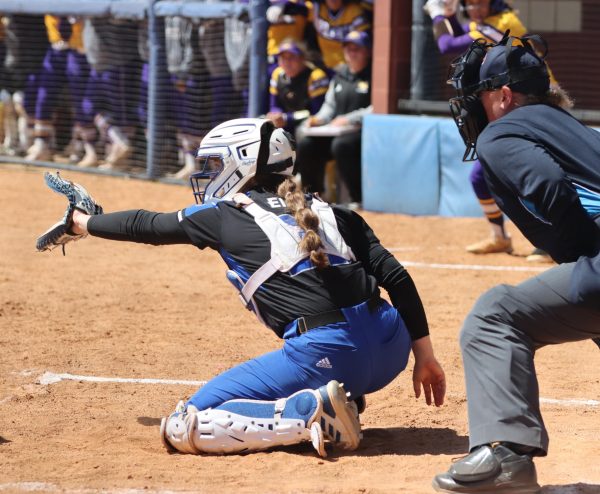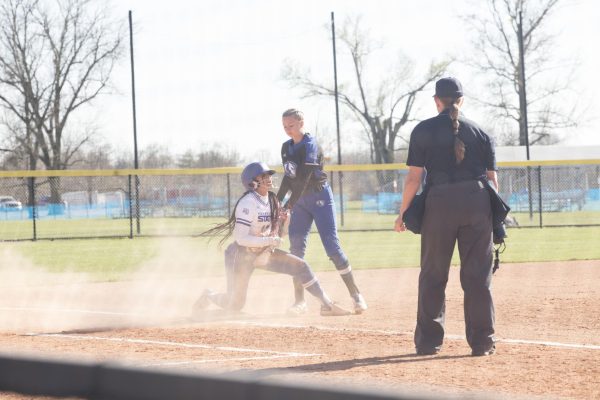What’s wrong with a tie?
I never thought I’d even consider this but too much college football can be a bad thing.
Let me clarify. There’s never too many games, that’s not the issue – it’s what happens after four quarters are completed and the contests are tied that needs to be corrected.
Sure, everybody has their own say on how to decide a game, but, in my opinion, college football has the worst way of finishing great games.
In 1996, college football decided to implement a rather unorthodox way to settle games. Unlike the National Football League’s sudden death format, in college each team gets a first-and-10 at the 25-yard line. The offensive team keeps possession until they score, commit a turnover or fail to convert on fourth down. The overtime continues until the score is no longer tied and each team’s had an equal number of possessions.
The biggest flaw I find with the college procedure is that it takes away one-third of the game, and that is special teams. Sure, field goals are part of overtime in college, but there won’t be any game altering kickoff or punt returns like we can see in the pros.
Remember week one of the NFL season last year? If not, let me refresh your memory, the New York Jets and the Buffalo Bills headed into overtime tied at 31. The Jets won the toss and the Bills’ Mike Hollis made the fatal mistake of kicking the ball to Chad Morton who scampered 96yards for the game-winning score.
Morton’s feat is not a regular occurrence, as it was just the second time an overtime game ended by a kickoff return. But with the current college overtime system there is no chance for dramatics like Morton provided the fans in Orchard Park, N.Y. I don’t understand how teams can play 60 minutes of football, with special teams serving a major role, only to throw it aside when the game is on the line.
Not to mention, college overtime can be extremely long and demanding on the athletes. Players have to give every bit of energy they have for over three hours in regulation only to go back on the field for a draining overtime session that can last for another hour.
In 2001, Mississippi and Arkansas played a game that lasted four hours and 14 minutes. Arkansas ended up winning the game 58-56 after seven overtimes were completed. Keep in mind this game was not an offensive shoot-out heading into the overtime as the score was knotted at 17, but after seven extra frames it sure looked like a barn burner.
Just this past weekend Arkansas was back at it again with another seven overtime game. This time the game lasted four hours and 56 minutes as the Razorbacks finished off Kentucky 71-63. Arkansas scored 47 points in the overtime while Kentucky was only able to muster 39 in defeat.
Even the Panthers have been on the wrong side of this format. Late in the 2000 season, Eastern traveled to Normal, Ill., for a showdown with Illinois State and dropped a difficult double overtime game 44-41. Instead of getting the ball at the 25-yard line, I would have liked to see the Redbirds kickoff to Andre Raymond with the speedy tailback having the opportunity to end the game with one play much like Morton did.
Of all the major sports, college football has the most obscure way of deciding a game that is tied. Baseball, basketball and soccer have a nice transition from regular game play to the overtime. Hockey rewards teams that are tied after regulation by giving each team one point with the chance for another if they can net a goal in the sudden death five minute overtime.
Lastly, remind me what would be so wrong with a tie game. Back when ties were still part of college football it made coaching strategies even more valuable. If a team was fighting for a bowl bid and found themselves knotted late in the game the players and coaches would do whatever it would take to put some points across. Not just take a knee and head to a crazy overtime system.
With a game truly as passionate and intense as college football it’s ashamed contests are decided by a system that never surfaces during regulation.











































